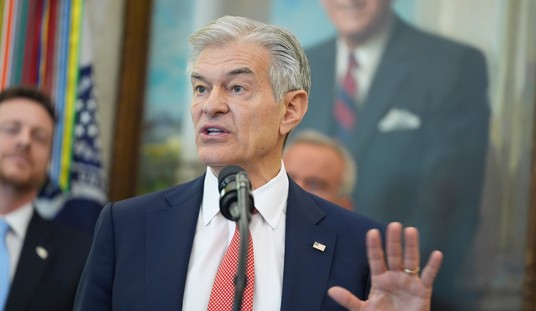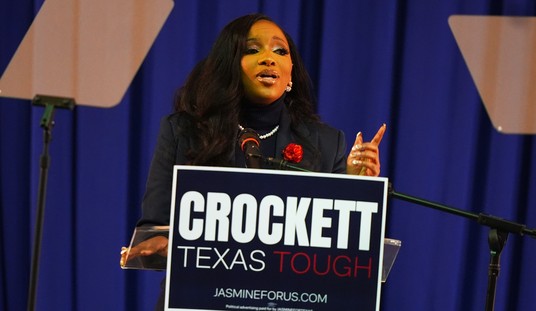Today’s crisis of rising health insurance and health care costs, exacerbated by the Affordable Care Act (ACA), descends from policies the federal government started creating more than 70 years ago—during World War II and the postwar decades—argues Hillsdale College professor Dr. Gary Wolfram. President-elect Donald Trump and Congress should heed the history lesson, lest they repeat our past leaders’ mistakes by replacing Obamacare with Obamacare-lite.
The federal government inadvertently began yoking health insurance to people’s employment by exempting fringe benefits from a wage freeze implemented by the National War Labor Board in the 1940s, Wolfram argues in a lecture available online as part of a free, online, not-for-credit Hillsdale College course, Public Policy from a Constitutional Viewpoint.
Unsurprisingly to those acquainted with the companion course The Presidency and the Constitution, the War Labor Board’s authority ensued from Congress ceding some of its regulatory powers to the executive branch.
Congress increased President Franklin D. Roosevelt’s power at its own expense, recounts an article published in the University of Pennsylvania Law Review and American Law Register in December 1942:
"The third phase of the War Labor Board’s wage policy began [in 1942] with the October 2 Amendment to the Emergency Price Control Act of 1942, under which the President was given even wider powers to regulate and control wages and salaries. Pursuant to this Amendment, President Roosevelt, by executive order [on October 3], gave the War Labor Board jurisdiction over all wage increases, including voluntary agreements."
This amendment, more commonly known as the Stabilization Act of 1942, broadened Roosevelt’s power. The day after its passage, Roosevelt prohibited employers from raising wages above the level of September 15, 1942, except when the War Labor Board ruled otherwise, the article states.
The wage freeze came when demand for manufacturing labor was high and the supply of workers was shrinking, due to the military’s growth during 1941–1945. (In 1943, more than 9 million people were serving in the U.S. Armed Forces.) Consequently, employers had to get creative, Wolfram told me during a December 2016 episode of the Health Care News Podcast:
Recommended
"Markets being what they are, people became clever and said, “Well, how about we provide health insurance for our employees, and that won’t count against the wages?” And, indeed, in 1943, the War Labor Board ruled that the wage freeze didn’t apply to fringe benefits."
To glimpse how the War Labor Board forced employers to find creative ways to compensate employees, consider the plight of Staley Manufacturing Co., recounted in the 1942 University of Pennsylvania Law Review and American Law Register article:
"The company had refused the union’s first request for a wage increase; but when its employees began quitting their jobs to find employment at a nearby plant, it entered into a voluntary agreement granting the increase. The Board disapproved the wage rise, saying that since there had been no showing that the parties had taken any other steps to solve the manpower problem, there were no grounds other than lack of manpower to support the raised rate."
Here is a company actually wanting to increase employees’ wages to keep them competitive, in direct response to employees’ en masse demand for a raise, yet required by the War Labor Board to dream up a substitute for the compensation demanded.
The tale of Staley Manufacturing Co. may resonate with many present-day employees. An increasing number of present-day workers would prefer to receive higher wages from their employers in lieu of health insurance “benefits” too expensive to enjoy.
Unlike Staley Manufacturing, Co., however, companies today prefer to compensate employees with fringe benefits packages in lieu of simple wages (and many employees share this desire). This is because Congress, in the Revenue At of 1954, created a tax exclusion for employer contributions to employees’ health insurance benefits.
Consequently, assuming one’s income tax rate is 30 percent, “if the employer gave you a dollar in income, and you went out to go buy health insurance with it, you’d only have 70 cents to buy the health insurance,” Wolfram says. “But if the employer bought the health insurance, then you’d get a full dollar of health insurance. So, naturally, that became the dominant way of buying health insurance.”
Having securely tied health insurance benefits to employment in the 1940s and especially 1950s, Congress faced growing expectations that the federal government help provide health insurance. For people too old or unable to work, Congress created Medicare and Medicaid in the 1960s, Wolfram says.
Time and increasing dependence on state and federal governments fortified these expectations, culminating in Congress’s strictly partisan passage of ACA in 2009. Obamacare’s market interference, however, surpasses that of predecessor health insurance laws, hearkening back to Roosevelt’s and the War Labor Board’s mandates of the 1940s.
Long before Obamacare, health insurance was aimed at satisfying the demands not of employees but of their employers--the insurers’ true customer, thanks to unintended consequences of the Revenue Act of 1954. Obamacare piled onto this distortion of the market by mandating which health care services insurers must cover; that employers with at least 50 employees working at least 30 hours a week provide insurance benefits; and that most people buy health insurance or pay a tax penalty.
Trump and the Republican-controlled Congress have floated numerous proposals to reshape the country’s health insurance landscape using the federal tax code. As they continue brainstorming ways to manipulate the market through tax credits and deductions, or whether to manipulate the market at all, their guiding rule should be one of less taxation, regulation, and interference.
























Join the conversation as a VIP Member